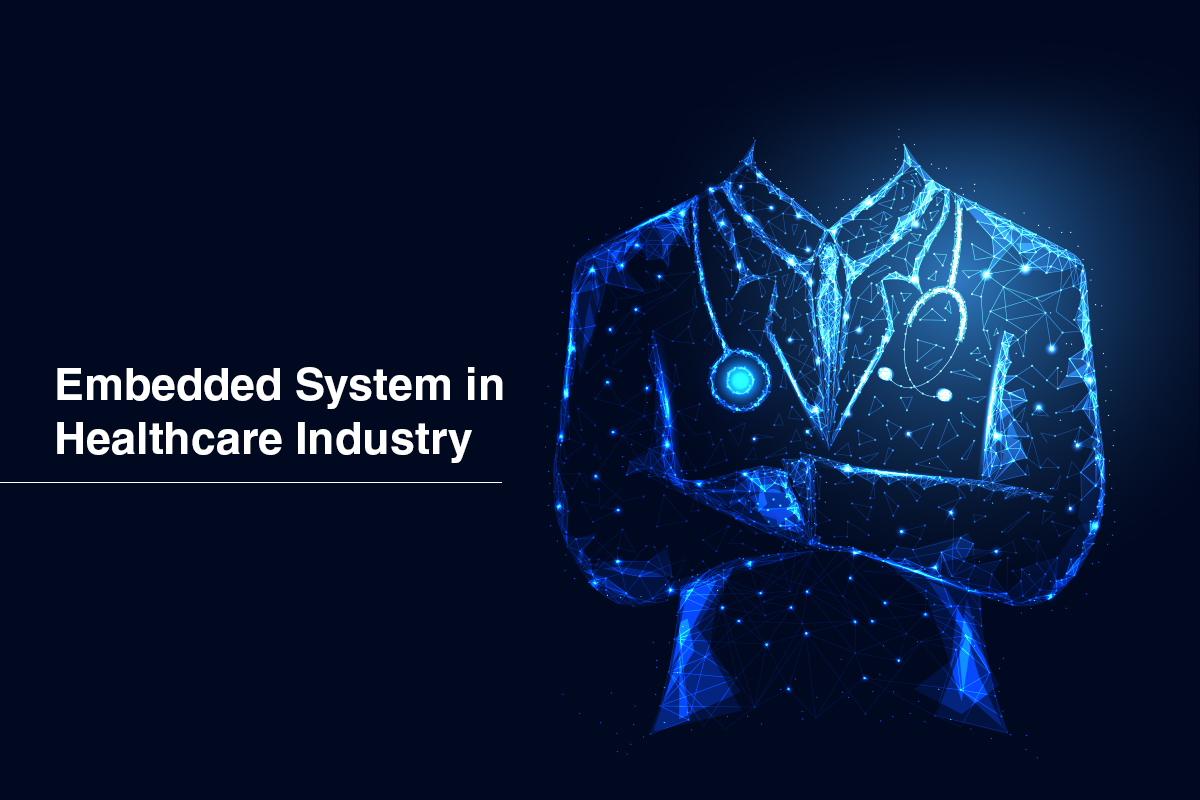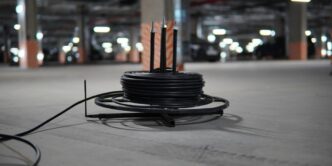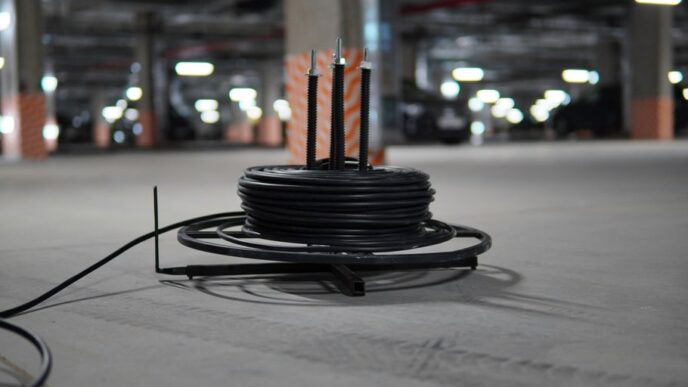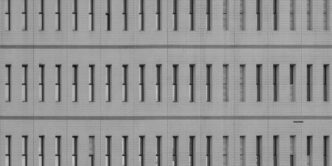The digital transformation in the healthcare industry is gaining traction. Apart from the changes brought forth by AI and cloud computing, the embedded system is another technology transforming the face of the healthcare industry.
The embedded system is the computer system that has been designed to perform a specific function, and as per brainy insights, it is projected to grow by 138.45 billion by 2028, at a CAGR of 5.73%.
These numbers prove that the future of embedded systems in the healthcare industry is promising and will likely bring a lot of disruption.
Now, in this article, let’s see the role of embedded systems in the healthcare industry and how it is transforming the industry. Let’s dive in.
How to Submit press release on AP News – SeoXnewswire
Role of an Embedded System in the Healthcare Industry
An embedded system is a combination of hardware and software used to perform specific tasks within the extensive system. They analyze, collect, and transfer data to perform multiple healthcare-related services in the healthcare industry. For instance, doctors can now remotely monitor their patients, smart hospital beds replace conventional hospital beds and many more such changes.
The primary role of embedded systems in healthcare is the overall development of healthcare equipment, including PET scans, CT scans, and MRIs. Glucose monitors, pacemakers, CPAP machines, and various biomedical sensors so that doctors can achieve multiple healthcare goals in the industry, making the treatment easier for the patient.
So, if you also have an embedded product idea for a startup, then you can take the help of the best hardware engineering service to build the best product and achieve success in the market.
Now we know the primary roles of embedded systems in the industry, let’s move ahead and take a closure look at how it is transforming the healthcare industry.
How is it Transforming the Healthcare Industry?
Below are some areas transformed by adopting embedded systems in the healthcare industry.
Remote Patient Monitoring
Nowadays, people have been so busy in their lives that they don’t have time to visit the doctor. However, with the adoption of embedded technology in the healthcare industry, now individuals are able to analyze their health condition and share it with the healthcare professional who can respond with the proper recommendations.
Glucose Monitor
Earlier, it was excruciating to monitor the blood sugar level, but now the embedded system has taken those pain away with its continuous glucose monitor. The small sensor inserted under the skin regularly sends the blood sugar level to the smartphone or the connected device. This way, the glucose monitor is helping patients to analyze their blood sugar level without going through the excruciating pain of pricking spikes.
Smart Hospital Bed
The era of those conventional hospital beds has been over as almost every healthcare industry has adopted the intelligent bed for their patients. All thanks to the embedded system.
These innovative beds let the nurses and doctors monitor their patients anytime. Also, the sensor placed in the bed helps nurses know everything about their patients. Like what they want, whether they need to go somewhere or want to adjust comfortably in the bed. Everything without being physically present there.
Preventive Care
The growing number of chronic diseases all over the world has led the healthcare industry to take some measure steps by focusing more on preventive care rather than just prescribing medicines. And an embedded system in the pacemaker has played a great role in this. The sensor in the pacemaker can record the heart rate and track heart health, enabling doctors to analyze the information to treat the patient accordingly.
Fitness Trackers
With the coming of embedded systems, fitness trackers are getting more advanced and sophisticated. It is used for tracking weight, recording your heart rate, daily burned calories, and step counts. Moreover, the sensor inside the wristband collects a range of biomedical data used by doctors.
These data are helping doctors to analyze the condition and prescribe treatment. Also, they are planning the proper fitness routine for their patient so that they can reach their fitness goal in a healthy way.
Prosthetic & Embedded Sensor
Imagine the excruciating pain of losing a limb. And now think how one once had an arm or leg, living with the help of prosthetic limbs. How difficult it will be for them. However, with the current trend of embedded systems in the market, technicians are dedicatedly working on prosthetic limbs that are easier to use. They are planning to add embedded sensors so that the brain can automatically control the prosthetic limbs just like it does with the biological limbs.
Conclusion
As you can see, how the embedded system is transforming the face of the healthcare industry. In the future, the role of doctors is likely to get less as all the work will be done by the healthcare equipment powered by an embedded system.
Moreover, the patient doesn’t have to suffer the excruciating pain of pricking spikes for checking sugar levels and smart beds make the work easier for both patients and nurses. Health enthusiasts will be more aware of their health with fitness trackers.
So, overall, the embedded system will change the face of the healthcare industry. So, if you have an idea for an embedded system product, then leading hardware engineering service provider-iFour can help turn your idea into reality by giving you the best service.












